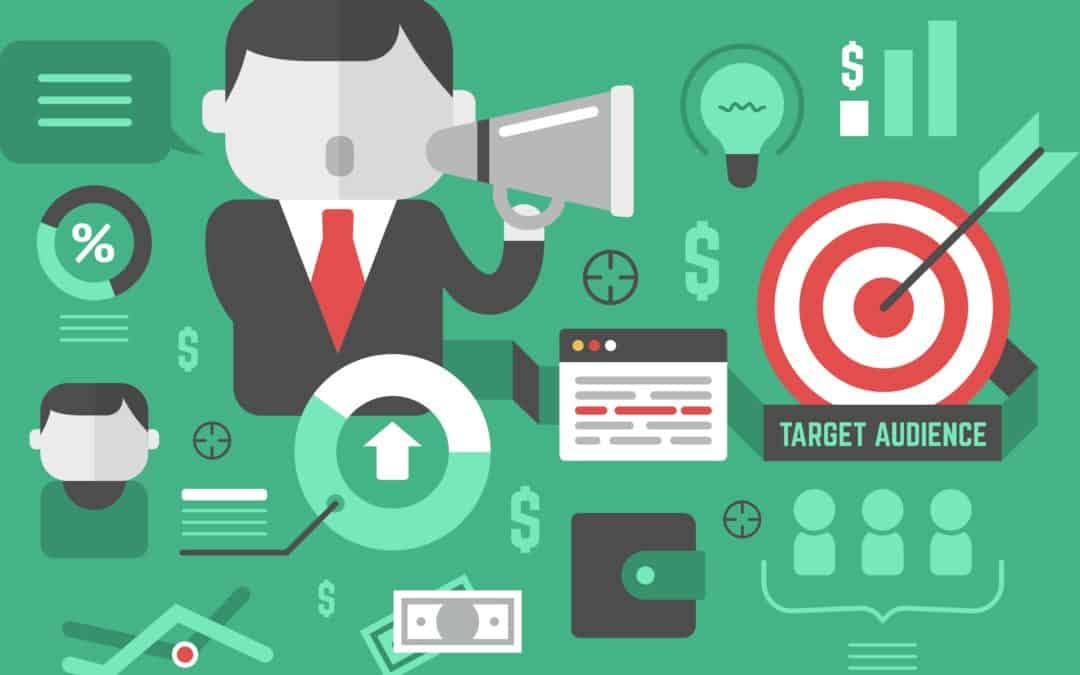This is step one in a six-step series on how to build your brand strategy. To learn more about what you’ll learn in the series, visit our introductory blog post here, and stay tuned for more freebies like these as we unravel your 2015 branding power strategy in the months to come!
“Your audience is not anyone and everyone.”
Your audience is not anyone and everyone. There are age groups, gender identifiers, income levels, and geographic constraints that will most likely limit your target audience to a distinct consumer type. Determine these basic characteristics first, then pare down every minute detail of your ideal consumer, from his or her physical appearance and lifestyle to deep-seated psychology and values.
This step is often skipped over by busy marketing professionals and business owners, but this is a major mistake that could lead to significant loss of time and resources. Keep in mind that the better you can pinpoint your target customer, the easier your day-to-day marketing strategy will become, saving you time and money in the long run.
What information should I gather from my existing customers?
Thinking beyond the traditional demographics of your target audience and getting a closer look into your target customer’s psychology, daily habits, and go-to sources of information may require in-depth research through focus groups, market research, surveys, feedback loops, or case studies to acquire a better gauge on your target audience. Even if you think you know who your audience is, you might just be surprised by your results once these surveys are complete.
To put into perspective the layers you should uncover, let’s say you are offering a gutter cleaning service in San Diego. Some questions to ask yourself include:
- Is your ideal consumer the man or woman of the household?
- What is his or her age?
- What is the average income of your ideal client?
- Where do they live?
- Why aren’t they cleaning the gutters themselves?
- What is the best way to reach them?
- What platforms do they commonly use to gather information? What time of day? How often?
Getting the whole story about why your customers are coming to you for your products or services may reveal a need or niche market you may never have known existed or help you stand out from the competition.
You can gather this information through free survey platforms like Survey Monkey using an existing list of contacts. You may also consider posting your survey or a quick on Facebook, Twitter, and other social media platform. Consider adding a small incentive, like a discount on your next service, a gift card, or free prize to encourage more responses.
What if I don’t have any customers yet?
If you’re starting a new business or launching a new product line or service, this first step may take some preliminary research and a little imagination. See who your competitors are targeting, then see if you can identify a niche within that market that they are leaving open for the taking. There may be plenty of customers in need of your service to go around, but knowing your differentiating factor is a handy tool to keep in your back pocket.
Once you’ve completed some preliminary research about your potential target audience and have a good idea of what your target customer looks like, gather as much consumer information as you can to ensure you’re on the right track. Measuring and adapting to your target audience are vital steps in this stage of your business’ development.
Evaluate each of your own products or services, and make a list of benefits associated with each — user-friendly, cheap, cutting-edge, time-saver, etc. Next to each of those benefits, make another list of people who need what you have to offer — men who are stressed in their full-time jobs, women with young children, kids looking for the next “in” thing to make them stand out. Try to be as specific as possible, or even come up with a few different scenarios and start testing these market segments’ demands for your offering to better identify your highest-potential growth markets.
To make the most of your time and money, try A/B Testing features on your website, ads, on social media, and other marketing platforms. For example, if your product may appeal to both women and men in their 20’s and 30’s, try testing out a few different social media or search engine ads to see which group your product appeals to most.
What if I’m competing with large enterprises for my target audience?
If you are a smaller business vying against larger companies, identifying your niche market can be the secret to competing with the big boys and giving them a run for their money. Having a well-defined target audience and knowing where to put your marketing and advertising dollars can go a long way in building your brand identity and becoming a thriving business long into the future.
“Who your audience is determines your messaging strategy, what marketing channels you should tap into, and much more, so nailing down this first step is crucial.”
Even established companies have shifts in their target market and need to regroup every once in awhile to re-establish their brand identity or messaging strategy, so don’t skip this step!
If you need help identifying your target audience, we’re more than happy to help! Give us a shout at [email protected], and let us know how we can lend a hand.
Ready to learn more? Check out Step 2 in this six-part Branding Guide.



